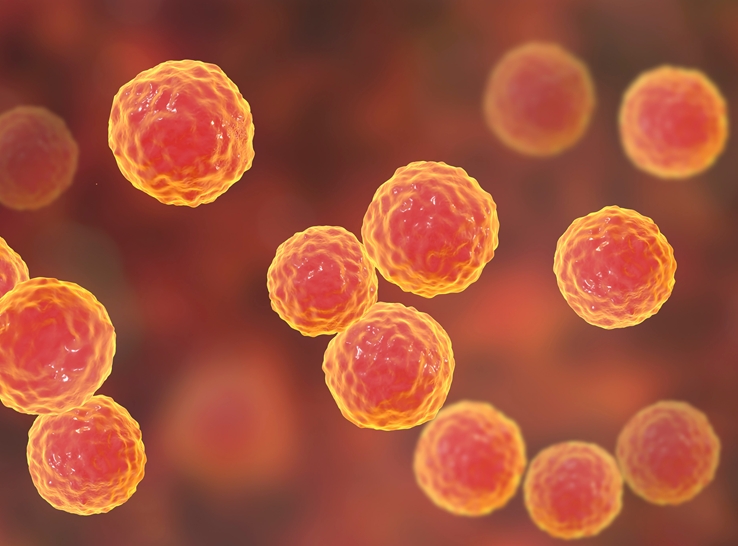Precision feeding system can improve fertility, uniformity for broiler breeders
A precision poultry-feeding system developed by University of Alberta scientists has the potential to bring improved fertility, better flock uniformity and significant savings for broiler breeder producers.













